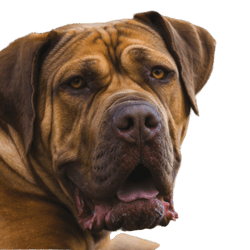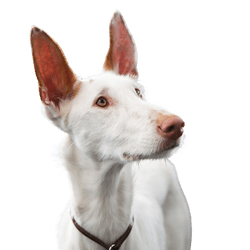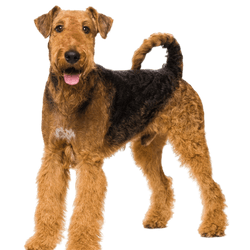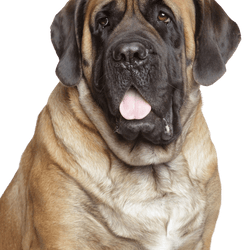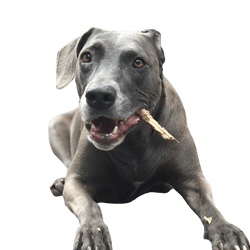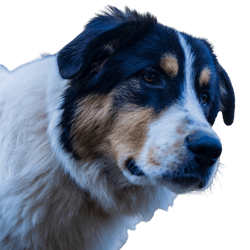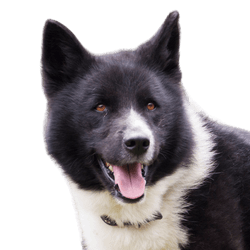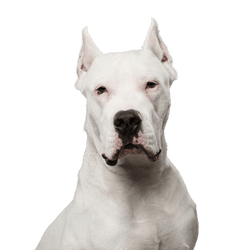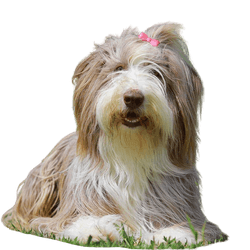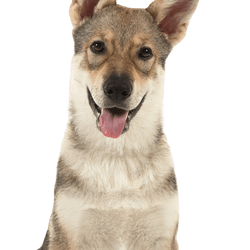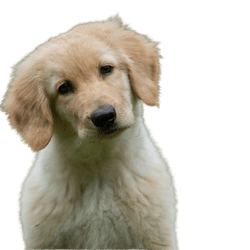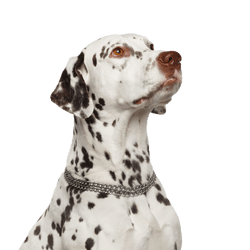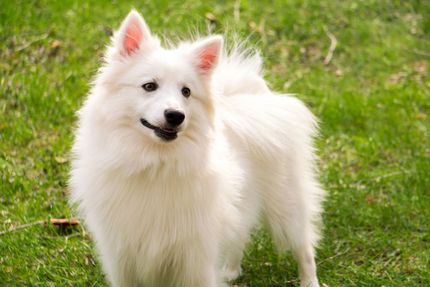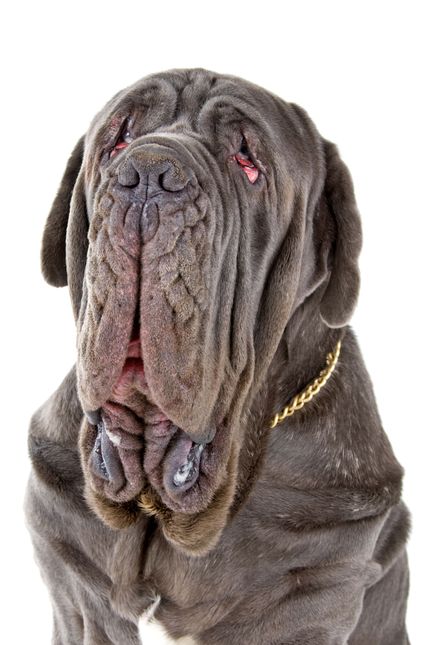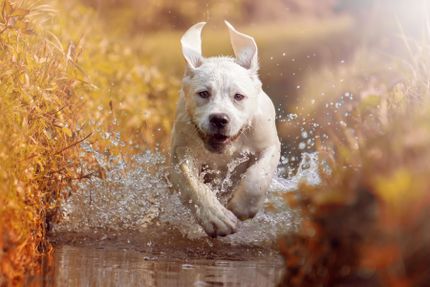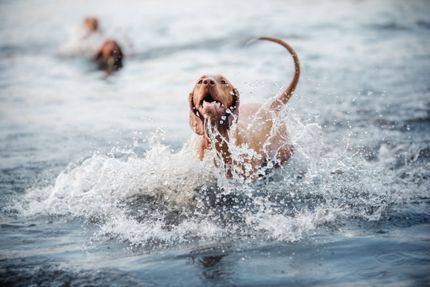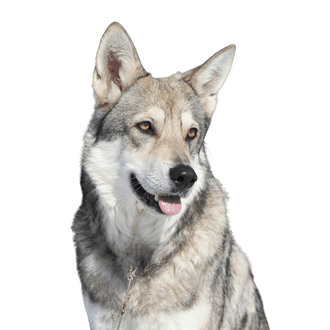
Saarloos Wolfhond Breed description: Character & Co
Saarloos Wolfhond
Facts & Origin
The Saarloos Wolfhond - self-confident and sensitive.
Half wolf, half dog! This four-legged friend represents a fascinating breed of a special kind, but not everyone can gain his trust. You will learn the reasons for this in the following article.
Origin and breed history
Mostly the origin is already in the name. This is also the case with this four-legged dog, whose name could not be more appropriate. The Saarloos Wolfhond is a purebred dog from the Netherlands with an unmistakable wolfish resemblance.
The breeder Leendert Saarloos (1884-1969) provided for the further designation "Saarloos";. He was of the opinion that shepherd dogs possess hardly natural characteristics and increasingly localize themselves with humans. The Dutchman wanted to breed dogs with the sharp senses of a space animal, which at the same time have a high resistance to various diseases. For this reason, in the early 1930s, he crossed a shepherd dog with a she-wolf from the Rotterdam Zoo. In this way he created the "European Wolfhound".
Only in 1975, six years after the death of the breeder Saarloos, the four-legged dog was recognized by the Dutch Kennel Club as an independent dog breed. In honour of its breeder, the Fédération Cynologique Internationale (FCI) gave it the name "Saarloos Wolfhond" in 1981. The FCI listed the dog under standard number 311 in group 1. In honor of its breeder, the FCI renamed the dog "Saarloos Wolfshond" in 1981.
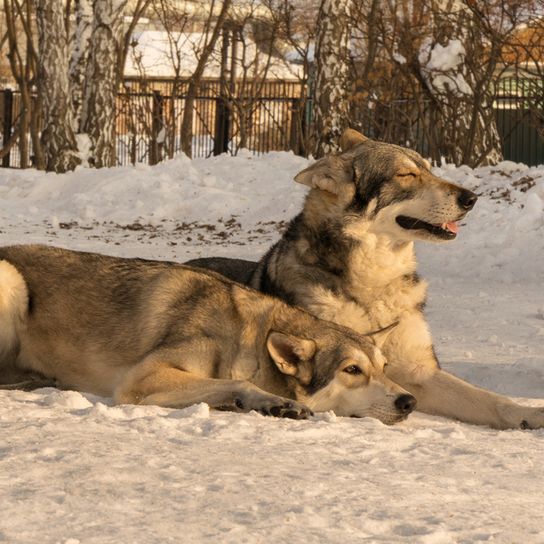
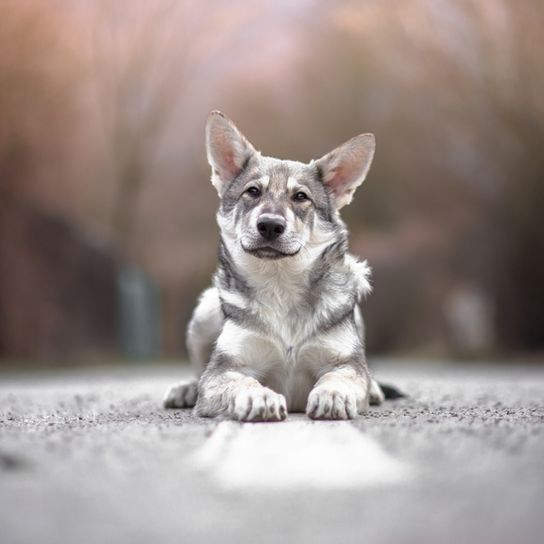
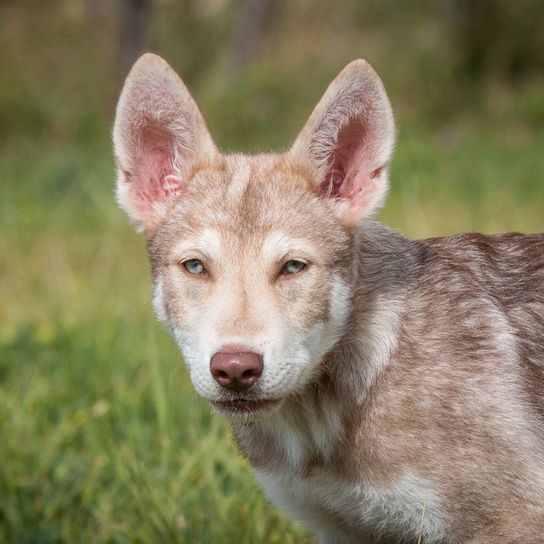
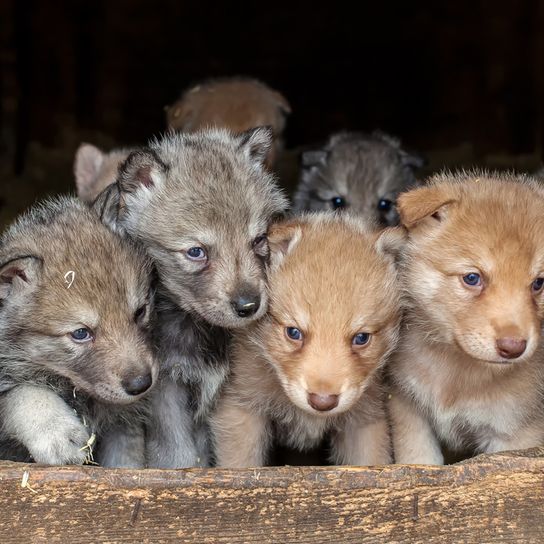
| Alternate Name | Saarloos Wolfdog |
| Origin | Netherlands |
| Life expectancy | 10 - 12 years |
| Care requirements | low-maintenance |
| Activity level | high |
| FCI group | Sheepdogs |
| AKC group | not recognised |
| KC group | not recognised |
Attitude, character and temperament of the breed
Typical character traits
The furry nose is full of power and has both a proud and extremely sensitive character. Characteristics of dog and wolf often reveal themselves in different situations. Escape behavior, jumpiness and quick reactions come from the wolf part in him; loyalty and attachment, on the other hand, come from the hereditary material of the four-legged friend. These facts also explain the reason why he could not identify himself with the claim of a "better German Shepherd Dog".
Your Saarlooswolfdog needs a good socialization already in puppyhood, both to humans and to conspecifics. You must therefore ensure sufficient trust by showing him a lot of patience and love. If the little fellow feels at ease, he will be easier to train! If possible, the dog owner should already have relevant experience, because the animal is less suitable as a beginner dog. Many representatives of this dog breed show an increased hunting instinct, which is difficult to control.
Although these rogues do not represent perfect working dogs, as formerly desired, they nevertheless show themselves as good house, companion and society dogs. Towards his confidant he proves affectionate and always faithful. With strangers he becomes very shy and reserved. He rather observes them from a safe distance.
Special breed characteristics
Owners of this dog breed should be good on their feet, because the four-legged friend with the wolf-like natural gait prefers the endurance variant - the light trot. The nimble athlete often sets the pace himself and can cover long distances.
Character
Usage
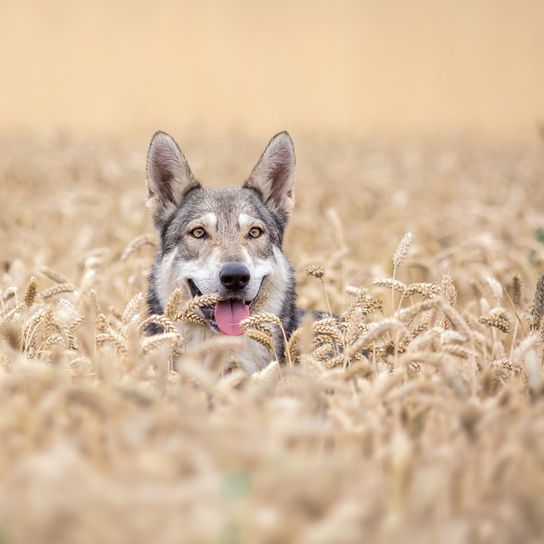


Health and breeding information
Breed specific diseases
Compared to other quadrupeds, the wolfish edition is considered extremely hardy. Considering his size, he is more prone to joint diseases. Nevertheless, other diseases may occur in the course of his dog's life:
- Pituitary dwarfism
- Degenerative myelopathy
- Eye diseases
- Epilepsy
Dangerous trend in breeding
Although the resemblance to a wolf is ubiquitous, there have been no wolf crosses for generations. Nowadays, crossbreeding between wolves and dogs is illegal in numerous countries. Still, the black market in often aggressive wolf crossbreeds flourishes. The more fearful the animal and the higher its wolf percentage, the more profitable the business becomes. Often the four-legged friends are passed off as Saarloos wolfdogs with false papers. On the black market or in the Internet the puppy prices for illegal wolfdogs are meanwhile at 3,000 euros. Apart from its appearance, the Saaloos breed dog has nothing in common with these animals.
If you want to buy a Saarloos Wolfdog, inform yourself at breeders. Serious breeders are registered in responsible breed clubs and work according to FCI breeding requirements. A well-socialized Saarloos puppy will approach a stranger with curiosity, but will stay at a safe distance and not hide out of fear. If a Saarlooswolfhound puppy is already shy and panic-stricken at the breeder, it is not advisable to buy it!


Appearance and coat
The Saarloos is of large stature and possesses a muscular build. The erect ears on the wedge-shaped head resemble those of the sheepdog. His back is straight and ends at the long, broad tail. A striking detail are the almond-shaped, slightly slanted yellow eyes.
Saarloo's four-legged friends have a dense short coat, which forms a thick undercoat in winter. The summer coat shows mainly a stocky top coat. In general, the coat can show the following color variations:
- White to light creamy white
- Light to dark brown
- Grey and grey and black in different shades
Size and weight
Saarlooswolfhonds belong to the large dog breeds with a height of 60 to about 75 centimeters. The weight tends to be between 30 and almost 45 kilograms.
How old does a Saarloos Wolfhond become?
The life expectancy of this dog breed is on average ten to twelve years.
| Fur length | medium |
| Fur | flat coated |
| Ear shape | Standing Ears |
| Tail | lang |
| Anatomy | rugged |
| Size ♀ | 60 - 70 cm |
| Weight ♀ | 30 - 35 kg |
| Size ♂ | 65 - 75 cm |
| Weight ♂ | 36 - 41 kg |
| Suitable For | - |
Colors

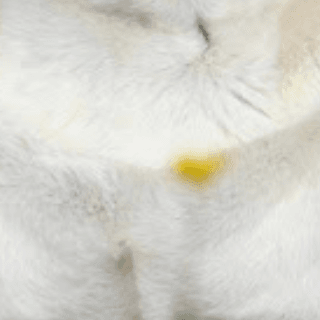

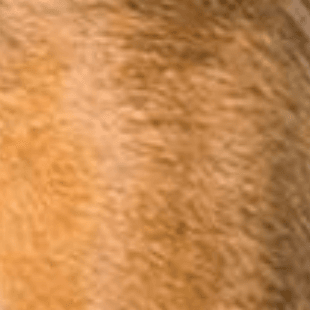
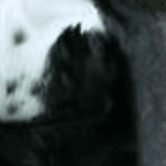
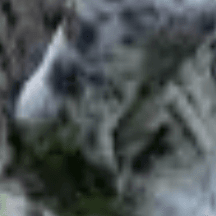



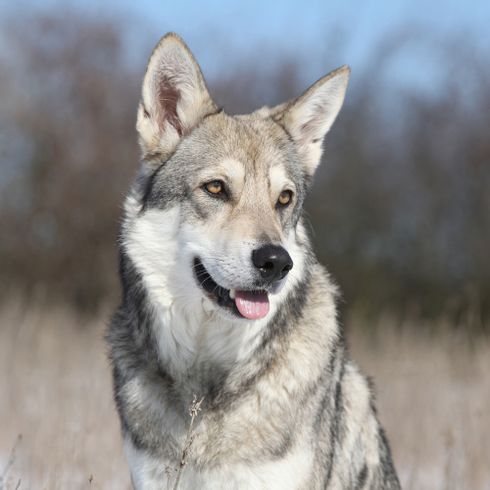
Known Diseases
Eye diseases
Often occur with allergies and intolerances.
Epilepsy
Definition: Dog has epilepsy if, for example, at least two epileptic seizures occur more than 24 hours apart.
Myelopathy
Degenerative myelopathies of dogs are a series of slowly progressing neurological diseases associated with destruction of the spinal cord. These diseases are associated with slowly progressive movement disorders of the hindquarters.
Other large dogs
Useful Articles
You can find articles that might interest you in the dogbible blog to match your favorite breed.
Visit our magazineto stay up to date on dog trends.
To find out more, view our Privacy Policy
Find here the breed that suits you and find out what character traits it has. Here you can also learn more about the origin, size and weight of your favorite breeds.
Matching your favorite breed, you'll find articles that might interest you on the dogbible dog blog.
8 emotional movies you should know as a dog fan
Relaxed walking on the leash in spite of other dogs - 3 tips for leash leadership
Herniated disc in dogs - Preventing and recognising disc problems
